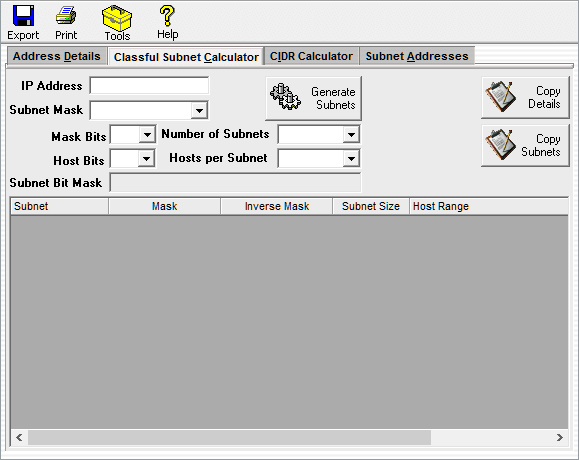
Results are reasonable but consideration should be taken to fix varied pavement layers moduli sections. However, some of the projects had some inconsistent with modulus values along the length of the sections. The process for computing the modulus values of pavement layer materials from deflection data and layer thickness is defined as back calculation. The variations of moduli of all layers along the length of sections for majority of the projects are accurate and consistent with measured and computed prediction. This module utilizes a theoretical representation of the pavement structure in conjunction with the collected FWD data to back-calculate the moduli values. Falling weight deflectometer (FWD) and heavy weight deflectometer (HWD) data are widely processed through back calculation programs for calculating layer modulus of airport pavements. Results showed that the dynamic analysis of falling weight deflectometer test and prediction for the strength of character of flexible pavement layer moduli have been achieved, and algorithms for interpretation of the deflection basin have been improved. Collected data includes, in addition to FWD measurements, core data and pavement distress surveys. The main objective of this study is to analyze the FWD test results of flexible pavement in Western Australia to predict the pavement structural capacity.

The characteristics of pavement structure, including pavement layer thickness condition and temperature variation, affect the predicted pavement structural capacity and back calculated layer modulus. However, the predicted pavement layer moduli sometimes may not be accurate even if computed and measured deflection basin has fulfilled the standard and is in concurrence with certain tolerable limits. Falling weight deflectometer (FWD) testing has been used to evaluate structural condition of pavements to predict the layer moduli using backcalculation process. 2.2 The Principle of The Falling Weight Deflectometer (FWD).


 0 kommentar(er)
0 kommentar(er)
